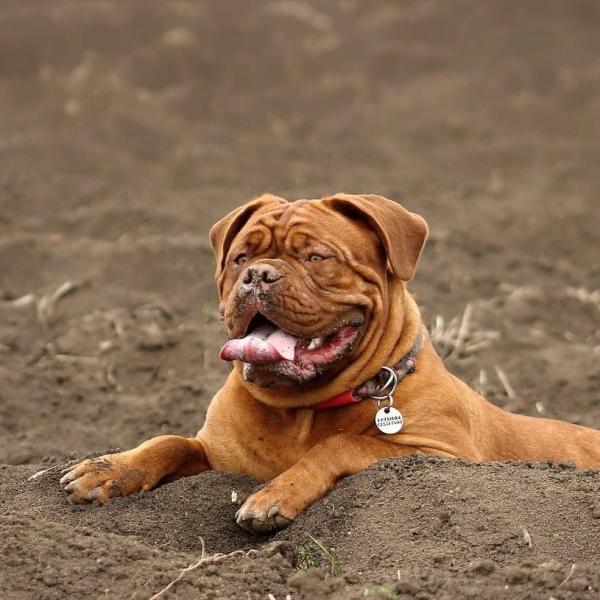How to Train your Dog: 5 Tips



See files for Dogs
Dog training is more than just a learning process for your pet. Rather, it's the practice or phase which allows both of you to strengthen your mutual bond. You will get to know your pet and interact with it, and the other way around. Training your dog properly will also allow you to give clearer orders; your dog will always know what you are expecting from it.
Dog training is a basic tool which allows for harmonious cohabitation among all family members, including the dog. Keep reading this AnimalWised article to learn how to train your dog with the 5 basic tips all owners should be familiar with.
1. Reward rather than punish
Under no circumstances should proper dog training be based on punishment methods; on the contrary, you should always use positive reinforcement as a fundamental tool.
Do you know what that means?
Positive reinforcement consists of rewarding the dog with treats, strokes, or simply warm words when it behaves well, responds correctly to an order, or displays a positive behavior like being quiet and calm.
This allows the dog to associate performing a particular action with the positive experience of being rewarded. Don't punish your dog for what it does wrong; reward it for what it does right. It's very important to reward your dog immediately after the proper action, since otherwise, it won't understand why you are rewarding it.
Research has shown that positive reinforcement not only improves obedience but also enhances a dog's emotional well-being. According to the American Veterinary Society of Animal Behavior, dogs trained with rewards tend to be more confident and exhibit fewer behavioral issues over time.

2. Physical gestures and key words
When training a dog, you'll use words and gestures in such a way that the dog understands exactly what is expected of it, which makes the lesson easier to remember.
It's important that both physical gestures and verbal commands are always the same. If this is not the case, the dog will get confused and won't know exactly what it's being asked to do. The gestures should always be simple, and the tone of voice should always be firm.
Using body language will help your dog in the future if it suffers from hearing difficulties during old age.
For example, using a hand signal along with the verbal command "sit" can reinforce the action in the dog's mind, making it easier for them to follow the command even if one of the cues is absent.

3. Work with a mentally and physically sound dog
Whilst it may seem obvious, training your dog when it's stressed or suffering from muscle pain doesn't help in the slightest. Rather, the opposite occurs. An uneasy dog will respond much worse to a training session, especially if it's a long one.
Go to the vet or ethologist if your dog is suffering from any sort of physical or behavioral problem. This will help to improve its quality of life and you will be able to start doing all kinds of activities.
Training should be a positive experience for both you and your dog. Ensuring that your pet is healthy and happy will make each session more productive and enjoyable. According to canine behavior experts, a relaxed and content dog is more likely to engage positively with training exercises.

4. Train your dog in a distraction-free place
To start any dog training exercise, it's highly important that your dog is free from distractions. This is the only way that it can fully focus on you and on what you're asking it to do.
Avoid excessive external stimuli such as street noise or the presence of other dogs, because they can get distracted. The training should take place in a quiet environment, and should only start when the dog is relaxed.
Moreover, creating a calm training environment helps dogs to focus better and reduces their stress levels. Experts suggest that initial training sessions should be brief and in a controlled environment to build a strong foundation before introducing more complex situations.

5. Train your dog in different locations
In order for the training process to produce the desired results, it's really important that you perform the exercises with your dog in different locations once the commands have been properly learnt.
If your dog always obeys the command "sit" in the kitchen, it's possible that it gets confused and doesn't recognize it when outside of this environment, or that it thinks it shouldn't do it.
It's for this reason that you should train your dog in different environments. Similarly, it's very important for its learning process that you vary the order of exercises.
Training in diverse settings helps dogs generalize commands and understand that they apply in various contexts. This approach enhances their adaptability and reinforces their learning, which is crucial for well-rounded obedience.

If you want to read similar articles to How to Train your Dog: 5 Tips, we recommend you visit our Basic education category.










